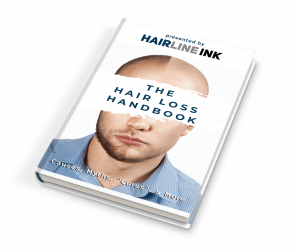Folliculitis can be an annoying and uncomfortable condition, especially if it is in a sensitive area such as your head.
Many people experience folliculitis after a hair transplant. As a result, what is the best way to deal with folliculitis following a hair transplant, and what alternatives might exist to avoid this issue?
Folliculitis is an irritation of the skin that usually manifests itself as small red bumps. However, symptoms can often go beyond the cosmetic, with itchiness, pus-filled bumps, dark spots, and even scarring occurring in some cases. Treating folliculitis demands time and care; avoid picking at your skin.
In addition, medicated shampoos, antibacterial soap, and even acne treatments can be helpful in the treatment of folliculitis. Visit a dermatologist if the condition persists. Dermatologists can prescribe various treatments, even tetracycline, for infected folliculitis.
Hair transplants are often expensive, painful, and come with side effects. Many treatments, including hair transplants, have side effects and recovery times and can be costly in the U.S.
Luckily, a procedure known as scalp micro pigmentation can provide a fuller-looking head of hair without the side effects and retreatment typical of so many other treatments. Scalp micro pigmentation lets patients customize their look by injecting pigment into the skin.
For men with thinning hair, this means providing for a fuller-looking head of hair, while for bald or balding men, this means a freshly-shaven look that requires zero upkeep. Patients usually complete the treatment in 2-3 sessions, one week apart.
We offer Scalp Micropigmentation in over 50 US cities. Call or text us today at 833-HAIR-INK (833-424-7465) to schedule an appointment, learn about our pricing, or get a free quote!












